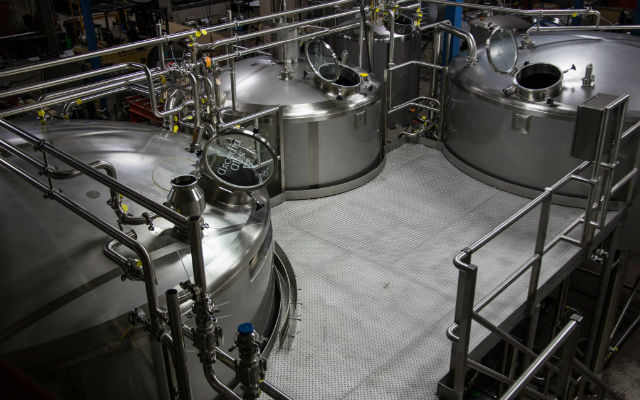
You love your beers. They are your kids. Sometimes, that love just doesn’t spark the interest of consumers though and breweries have learned to deal with the setback.
“The market will definitely tell you what it likes,” said Arcadia Brewing‘s Director of Brewing Operations, Dave Sippel. “We’ve had a number of beers that have been really great concepts or been excellent examples of a style, but if it’s a boring style then it’s a boring beer.”
When Champion Brewing first started out, Hunter Smith said the business plan included producing five beers as staples. One of those first five beers was a Belgian Pale Ale.
“Several early regulars liked it but I didn’t,” he said. “Since I didn’t like it, I wasn’t excited about it and that came across in the marketing. We learned that you can’t start out and expect that the first beers you brew will become staples. Instead of sticking with our original business plan of five beers, we brewed more than 60. We learned you can’t start out with staples.”
Sippel thinks the biggest lesson the Michigan brewery has learned is to manage the customer’s expectation.
“We packaged a barrel-aged beer that deliberately included a couple of sour barrels,” he explained. “All of our brewers liked the blend, but the labels that we made said nothing of it being a sour beer. As such, we ended up getting crucified on social media for packaging an infected beer and refusing to admit the mistake.
“Our only real mistake was mismanaging that customer expectation.”
Smith said a few examples for the Virginia brewery that didn’t go over well and was a lesson learned included a Dopplebock called Violator.
“On draft, brewers and home brew enthusiasts liked it,” he said. “It’s a heavy beer … which the Champion team enjoyed a lot, but it met with tepid fanfare. We produced 500 cans and sold 80. Now we occasionally make small batches for the brewer-only audience.”
Another that the team wasn’t positive about was a Kristallweizen that the team tweaked by filtering it and coloring it blue to commemorate the end of the TV series Breaking Bad.
“What we learned is that the thematic novelty doesn’t really work, and blue isn’t an appealing beverage color,” Smith recalled. “The beer was good, and we have learned not to screw with something that good.
“Trusting our lead brewer Josh Skinner’s recipes and knowing when we need to make the difficult decision to pour a beer down the drain, we’re not going to flinch from that and we don’t take that decision lightly. We have learned volumes from our early mistakes.”

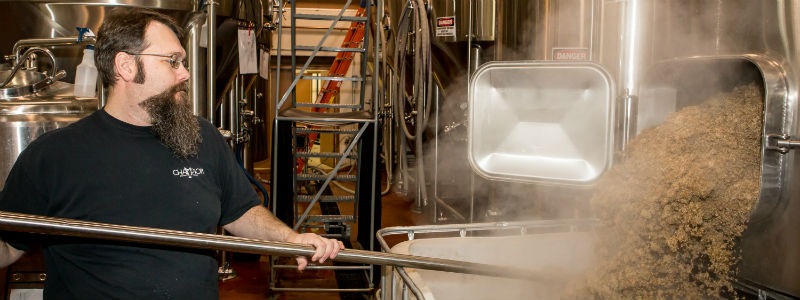
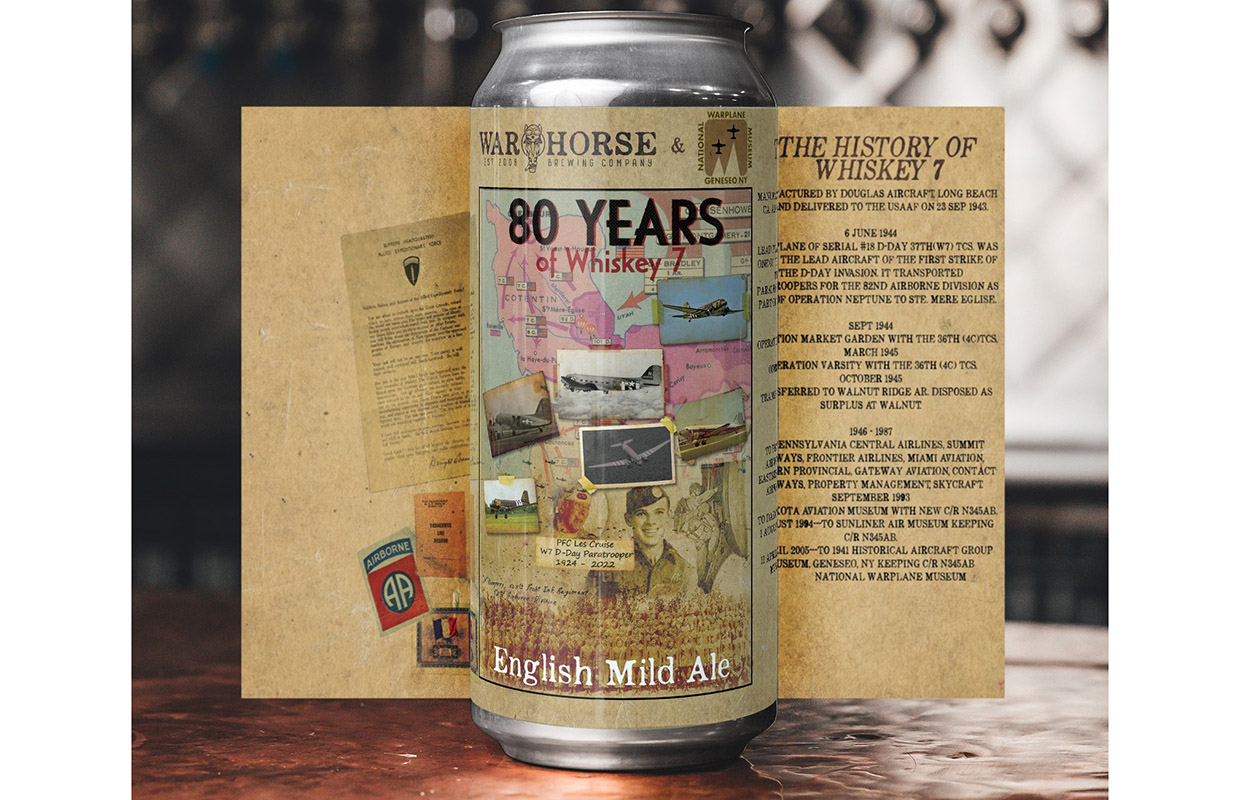
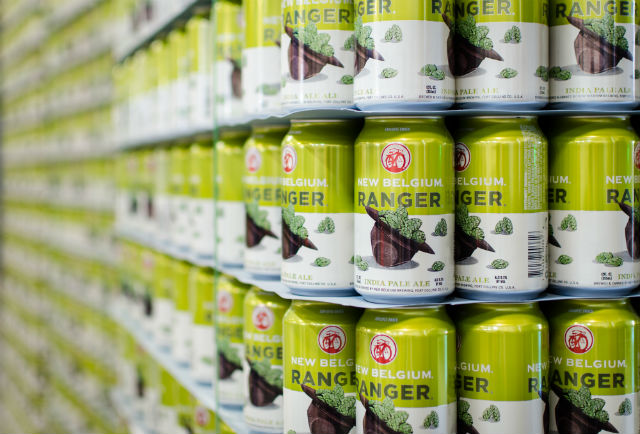
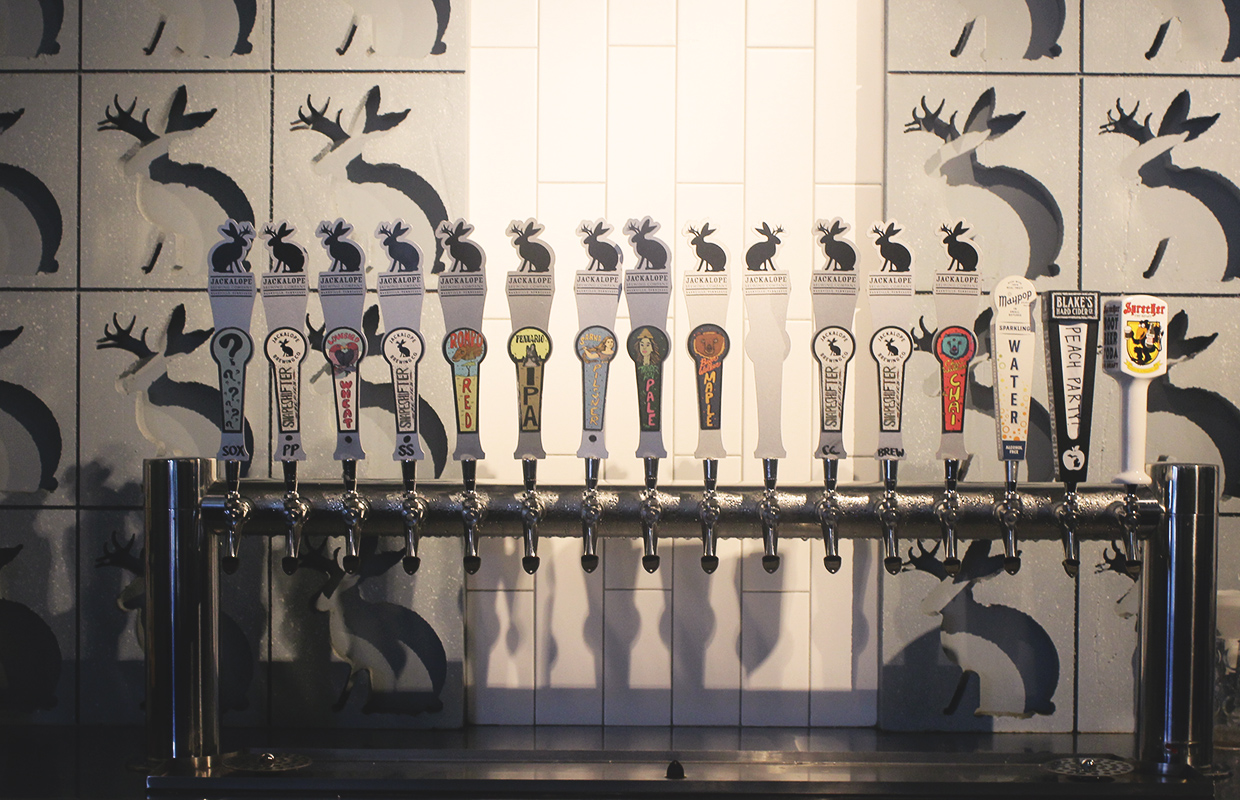
Be the first to comment